I am fascinated with the past. In college I took many anthropology courses and volunteered on several archeological digs in Southern California. Archeology is more than just digging up pieces of treasure. Archaeology is the study of the human past through material remains to understand human culture. The discipline has many relevant processes that can be applied to how one analyzes and receives information, to understand the past and perhaps better know the future.
One of my favorite jobs on the site was shifting through the tons of dirt and debris that was shoveled into giant mesh screens. Here, I had the opportunity to increase my upper body strength by holding on to the wooden sides of the box and shift it back and forth as the loose, smaller pieces would drop through the screen creating a fine mist of earth that would mound up below. The larger and perhaps important pieces of rock, bone, charred wood, or pottery would remain on the screen to be observed and studied. When something interesting was discovered, it was carefully looked at, picked up and placed in a container or bag that was numbered and stored for further analysis.
With more experience I was invited to do some actual digging with trowels, brushes, and even old dental picks and toothbrushes. Carefully I would smooth layers in precise patterns and slowly and methodically uncover materials in a manner as to understand their relative position to each other. This proximity of item to item and its careful measurement in relation to each other is as critical as the artifact itself. It gives context and information that helps understand the materials found. Asking questions leads to more questions, which leads to trying to determine, as best one can, about the relationship between the artifacts found, their location, their utility and perhaps piece together answers.
Through this lens of discovery, analysis, looking at context and proximity of information, often an intelligent hypothesis can be offered, written, discussed, and debated. The hypothesis, if solid, can withstand the chipping away at its foundation and still be intact having weathered a barrage critical questioning and scrutiny.
Now take this same process and look at information and news and think of what we can learn from this discipline if we apply it. Can you imagine laying out all the information one has on a topic or event. There are many questions to ponder. Do you even disturb the site? Once a story is uncovered what materials and information is lost by removal? What is the topography of the story? What is a plan to uncover layers of information? What do you do with that information? As you shift through it, what bigger pieces come to light and what can be put aside or discarded? What is the size of the story? How deep do you dig? What is the relationship of the pieces of information you find and what is their relationship to each other? What do you measure, record and take back to your lab or office for further analysis?
Imagine if the fourth estate, our public press, actually did all this with each news story. As a reporter develops the narrative for TV, print or social media, imagine that they actually engage in this type of due diligence. They would ask question after question of the subjects in their story. They would look at facts and lay out pieces as if they were a puzzle and they would attempt to build a structure based on what is found. Once placed in a pattern, it may reveal a narrative, or it may not, yet the whole of a story should unfold like a disorganized group of pottery shards carefully and if meticulously pieced back together would recreate an artifact as close to the original as possible.
News stories based on the actual facts such as who, what, where, when and how are the marrow of a news story. Everything laid out for all to see and then try to understand.
Today however, too many institutions including the news, their owners, management, editors, and reporters, operate from the opinion and entertainment side for clicks, and revenue and not on the news side. It has come to pass that so called news has become polemic in America and our Western Civilization. What was once fairly placed on the opinion page is almost always placed on the front page. Pre-determined narratives trump following the story and where it leads. The sad part is many find the silo of information that fits their world view and then amplify it. Many tend to have a myopic view of the world and seek those bits of information that bolster their opinions rather than being open to the possibility of new or different information.
He’s some suggestions to overcome our current impasse. It’s time to use eduction, which means to draw out or elicit and even work out from given facts. Look at all sides of an argument or story and let the reader/viewer come to their own conclusion. There is something unique in the social identity of Americans. We have more in common than the news would have us believe. Our social fabric, though frayed, can be restored if we moderate the vitriol and focus on what we have in common.
Do a little more digging on your own. Don’t let the talking heads of the legacy media leave you with talking points to confirm what you think you believe. Challenge yourself to look at the opposing ideas and see if there is something equally as reasoned on the other side. I try to “Duck Duck Go” web search a writer’s name to see and read other pieces of their work so that I better understand their position and world view. It is more time consuming, yet if you want to get a more rounded look at an issue, then the work must be done.
Alexis de Tocqueville, the French diplomat and political philosopher wrote, “The greatness of America lies not in being more enlightened than any other nation, but rather in her ability to repair her faults.” Digging for the truth helps us fully understand and repair our faults.
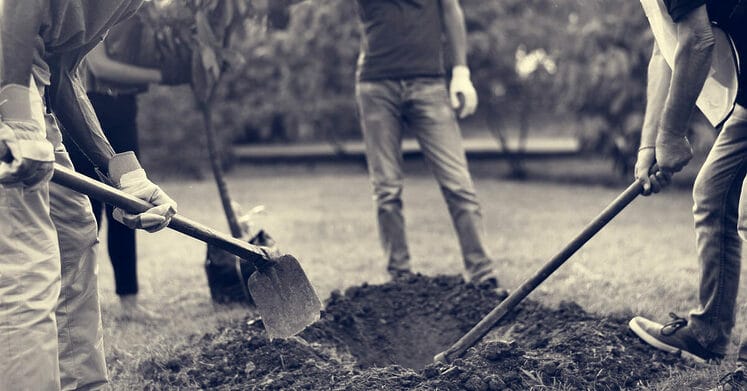
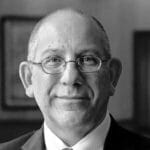
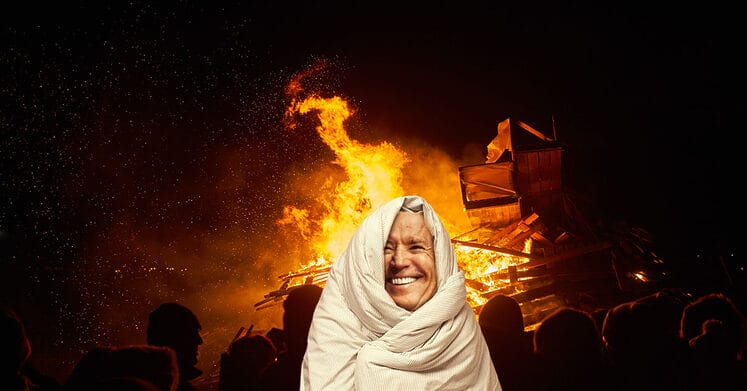

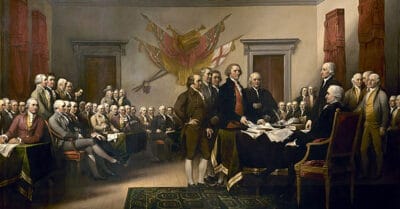

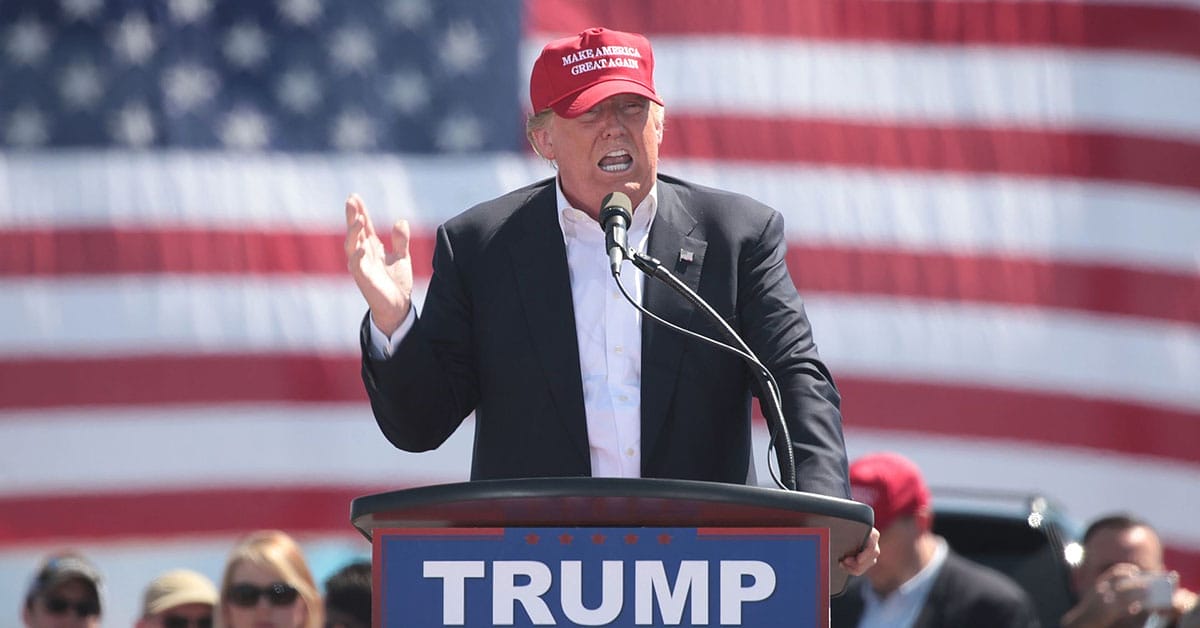


Responses